The Future of Education: Revolutionizing Learning with Virtual Reality
Virtual Reality (VR) represents a major leap in the realm of technology in education. This technology is set to revolutionize the way we view and approach education forever. It holds the potential to create immersive learning experiences, expand distance learning opportunities, and enhance student engagement levels, among other benefits. However, it also brings new challenges like potential accessibility and cost issues. This article focuses on both these sides of coin, exploring the plausible long-term impacts of integrating Virtual Reality into our education systems.
Immersive Learning Experiences
VR creates an immersive learning environment where students can be virtually present within a recreation of what they're studying. Harvard Medical School has been piloting VirMedica, a VR tool for anatomy and biology classes that allows students to inspect 3D models of the human body. It creates a fully-interactive environment that can't be matched by textbooks or 2D models.
Distance Learning Opportunities
With the ongoing global pandemic highlighting the importance and viability of online education, VR can tackle some of distance learning's biggest challenges. It can replicate the classroom experience virtually and foster a sense of community and connection that's often missed in regular online classes. Stanford University's Virtual Human Interaction Lab is actively researching this aspect.
Increased Student Engagement
Research indicates that VR can increase student engagement and improve learning outcomes. By making learning more interactive and fun, VR could help students develop a genuine interest in their studies and encourage active participation in class.
Potential Challenges
With its possible advantages come potential challenges. Two major obstacles for VR in education are cost and accessibility. High-quality VR equipment can be expensive, and not all schools or students may have the resources to afford it. Furthermore, there may also be accessibility concerns for students with disabilities, as not all VR applications are built upon WCAG guidelines which ensure a certain level of accessibility.
Future Implications
The integration of VR into education is set to considerably alter teaching and learning processes. Teachers will need to adapt to new methods of instruction, and students will need to become comfortable with immersive technology. The long-term impact could be profound, potentially leading to more personalized, engaging, and efficient learning experiences.
In conclusion, the incorporation of VR in our education system offers great promise, but also poses some challenges. Through continued research, innovation, and inclusion, VR holds the potential to transform the future of education into something out of a science fiction movie.





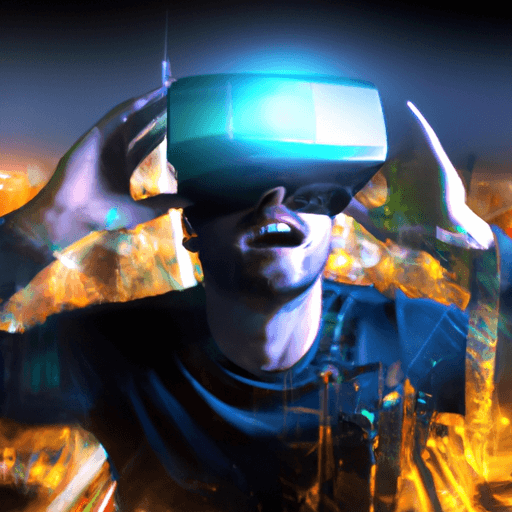

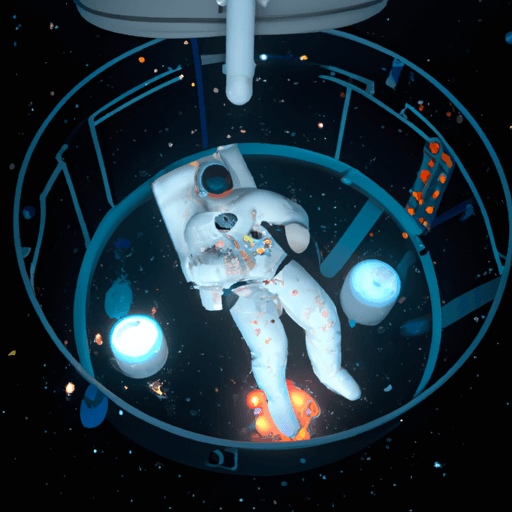
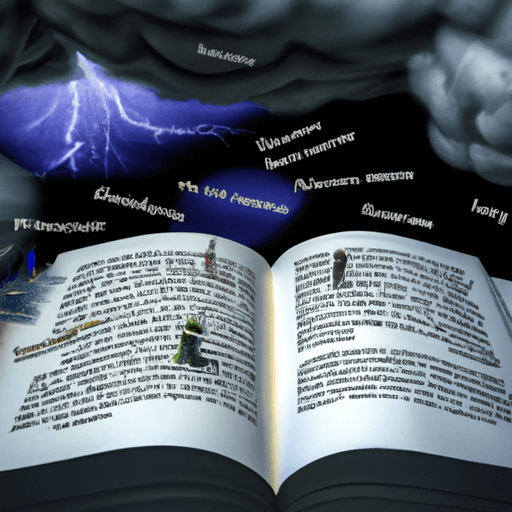




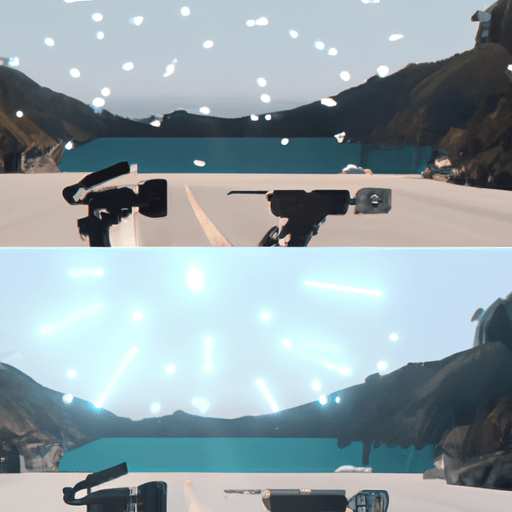
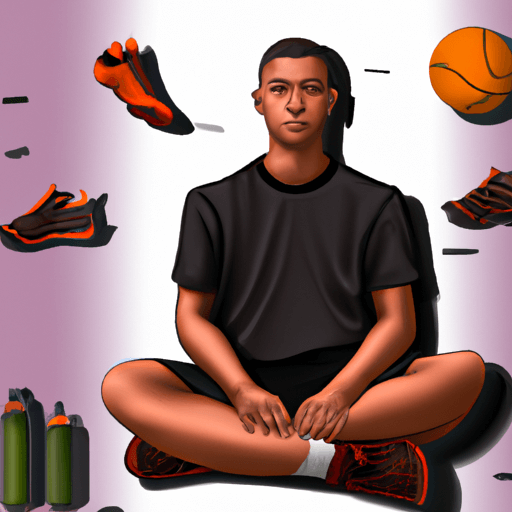



Comments
Leave a Comment